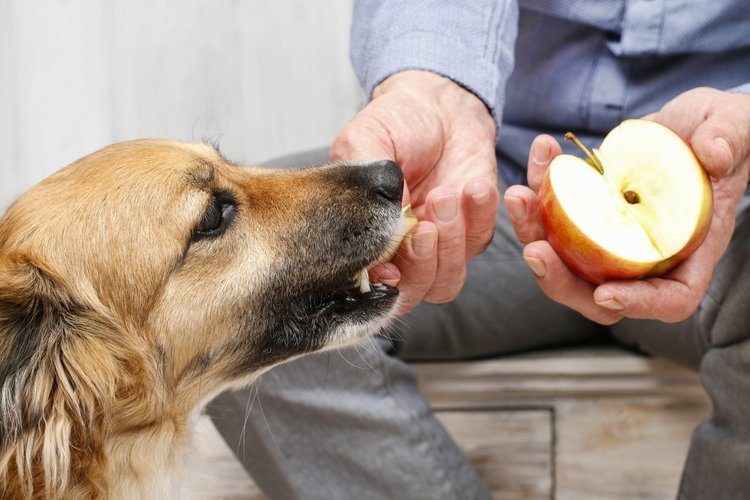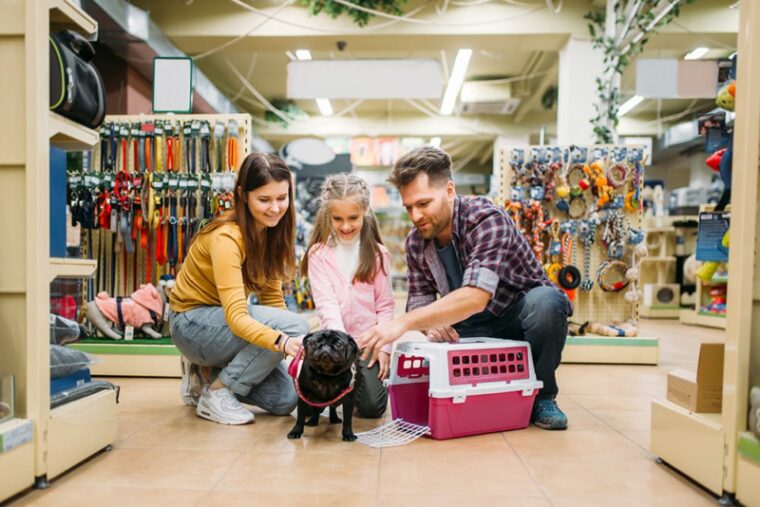
When it comes to pets, people do not cut spending, even during recessions. Why? Because our pets are considered family, and they have wants and needs just like we do. Owning a pet means having responsibilities, and pets must be taken care of, which is why the pet industry is recession-poof. Pets need food, bedding, toys, treats, grooming needs, and healthcare, to name a few, all of which cost money and always will.
In this article, we’ll discuss eight facts and stats that support why the pet industry stands strong during recessions. Read on to learn more!
The 8 Reasons Why the Pet Industry Is Recession-Proof
1. 2021 Sales Within the Pet Industry
In 2021, $123.6 billion was spent within the U.S. Market. $50 billion was spent on treats and pet food, $29.8 billion was spent on medicine, live animals, and supplies, $34.3 billion was spent on vet care and product sales, and $9.5 billion was spent on grooming, boarding, insurance, pet sitting, and training. Many people opt for holistic and healthy pet food, which is more expensive but worth it for your pet’s overall health.
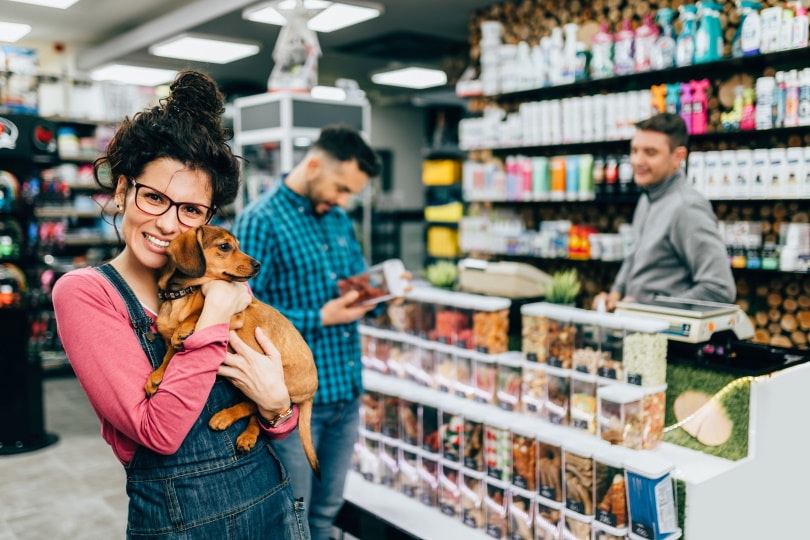
2. U.S. Pet Ownership
According to a survey conducted from 2017 to 2018, 38.4% of households own a dog, 25.4% own a cat, 2.8% own a bird, and 0.7% own a horse. At least 69 million households own at least one dog. Companion animals bring comfort to humans, and pet ownership has not diminished and shows no signs of slowing down in the future.
3. Millennials Account for the High Percentage of Pet Ownership
Millennials have surpassed the baby boomer generation, and many own pets. As of 2019, millennials make up 72.1 million of the U.S. population. That said, millennials account for 32% of pet ownership in the U.S. This generation does not skimp on spending money when it comes to their pets, spending an average of $1,195 per year.
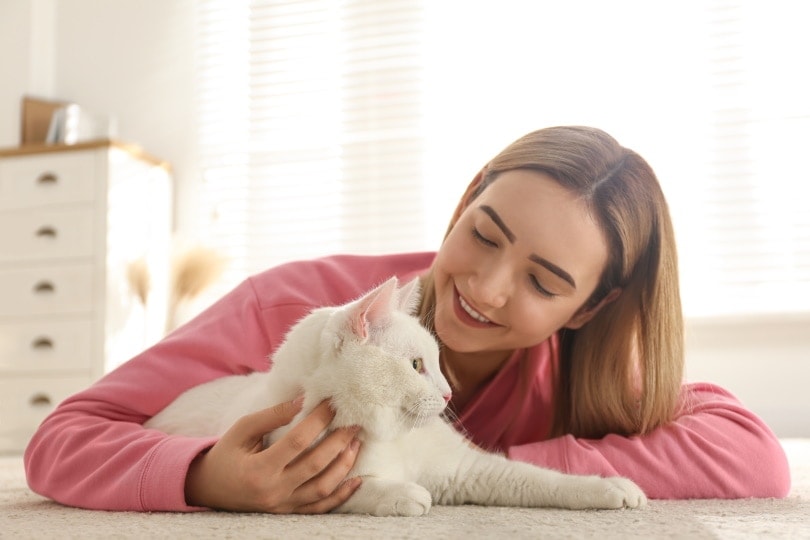
4. Pet Grooming Industry
The pet grooming business is projected to reach $5.49 million by the year 2025. This projection means an annual growth of 4.5% in three years. Many people take their pets to groomers, and some will spend top dollar on shampoo, nail clippers, ear cleaners, and more.
5. Pet Insurance Industry Is Climbing
There are approximately 160.5 million pets in the U.S., and the pet insurance industry has seen a steady incline of pets insured. Since 2021, the U.S. pet insurance market has had a growth of 28.3%, with roughly 4 million pets insured. The market has seen an increase of 21.5% since 2017, and dogs continue to make up the bulk of pets insured by 81.7%. The percentage of cats comes in at 18.4%.

6. COVID-19 Increased Pet Ownership
The COVID-19 pandemic did not cause a decrease in pet ownership in the U.S.; in fact, 78% of pet owners added pets to their families during the health crisis. Pet ownership, in general, increased to 70% in 2020 alone.
7. Gift Purchases
Humans aren’t the only ones who receive gifts for holidays or birthdays. Americans spent approximately $2.14 billion in 2021 on Valentine’s Day gifts for their pets alone. For Halloween, 75% of pet parents buy costumes for their fur babies. 71% of pet owners overall will spend anywhere from $1 to $50 on their pets during the holidays.
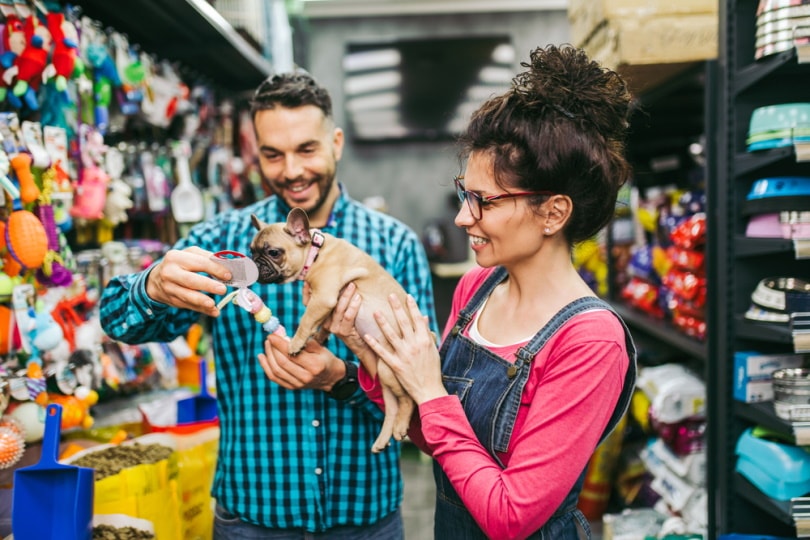
8. The Pet Clothing Market
The pet clothing market is expected to reach over $7.66 billion by 2031. The market was valued at $5.19 billion in 2021. Shirts and tops for pets dominated the market by 37.2% in 2021, and sweaters and hoodies help dogs with short coats stay warm in cold climates.
Conclusion
Owning a pet is a big responsibility. Pet owners spend money on food, treats, bedding, toys, grooming services and supplies, veterinary care, and pet insurance. The statistics prove that pet owners still spend money on their pets despite a recession with no signs of a decline. The pet industry is proven to be an excellent investment and one you can count on, no matter the financial circumstances in the U.S.
Featured Image Credit: Nomad Soul, Shutterstock



